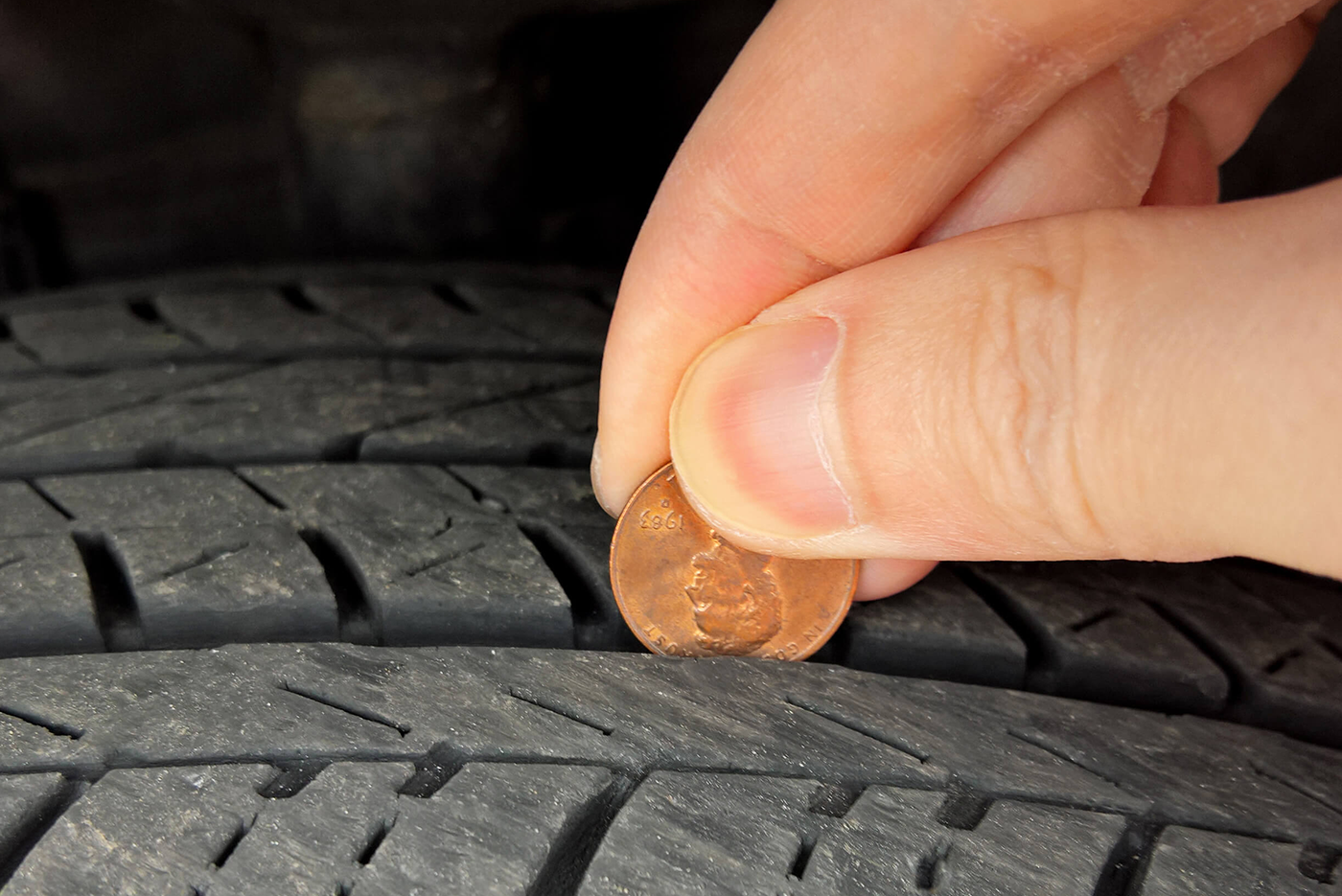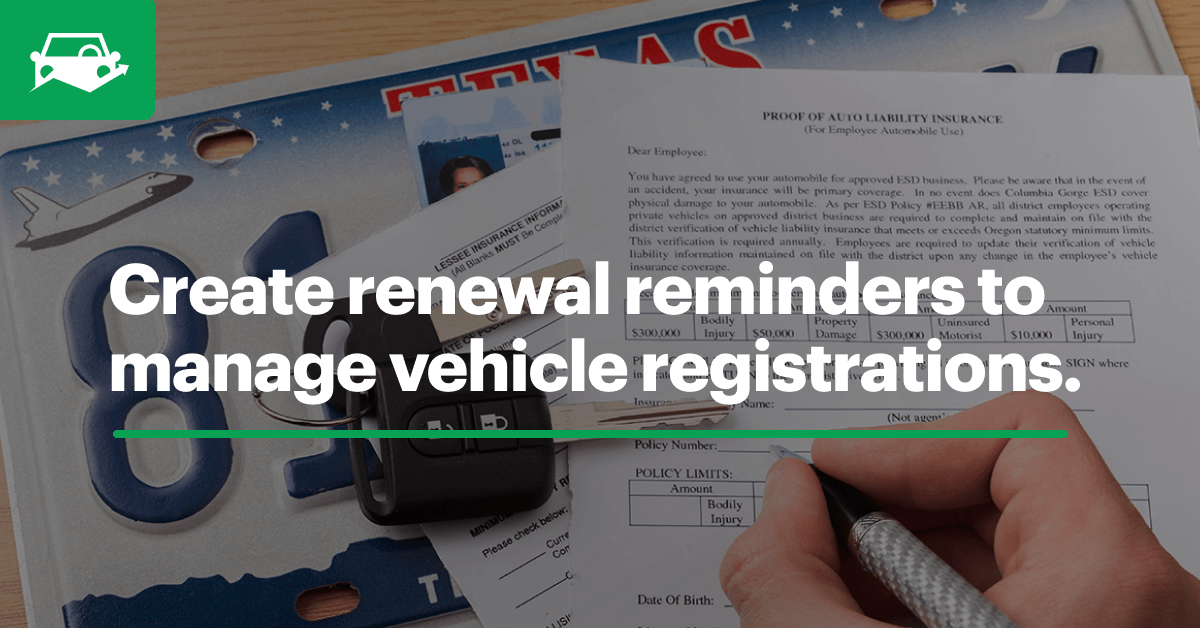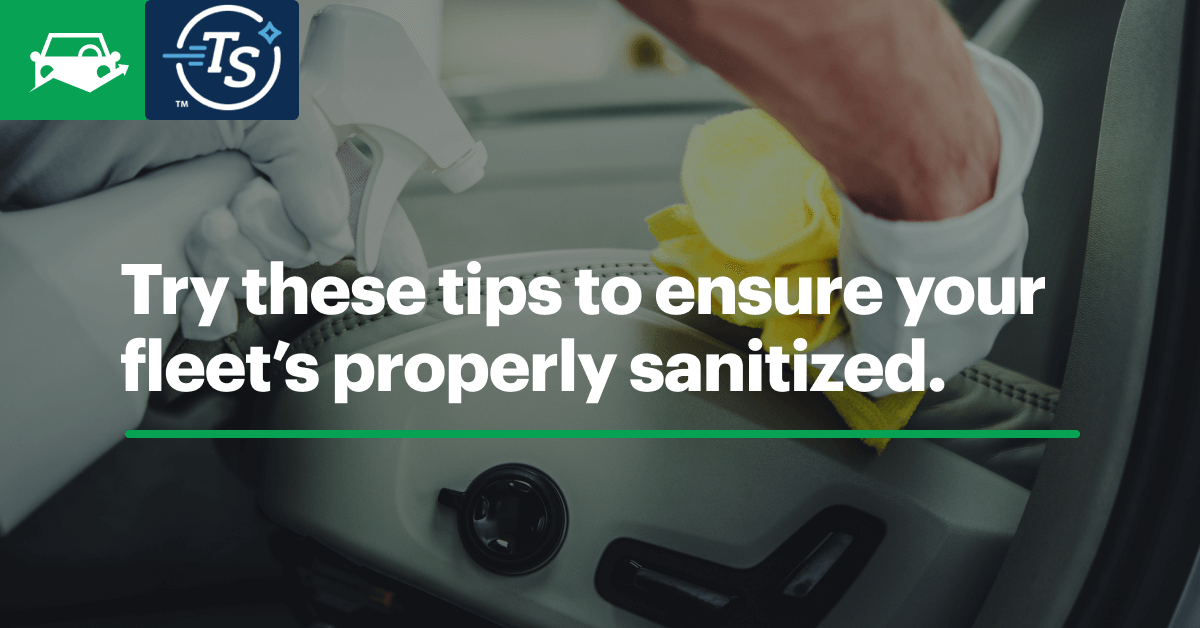Regular tire inspections are a great way to prevent unexpected surprises. Before inspecting your tires, it’s best to understand the basics of what you should look for. Following these tips will help keep your fleet rolling down the road with confidence.

Understanding what influences tire pressure
There are several circumstances that influence tire pressure but none more than climate. Climate can have a significant impact on a tire’s Pounds per Square Inch (PSI) levels. PSI levels are lower when it is colder compared to warmer temperatures. For the most accurate PSI readings, it is best to check your levels and inflate your tires in the morning when it is coolest.
After driving for a mile, tires warm up and PSI readings increase incrementally. A tire that is warm and slightly above the maximum recommended PSI is not necessarily an indicator that the tire is overinflated or susceptible to burst.
This is because the manufacturer recommended PSI levels are based on when the tire is cold. Learn more about the science behind cold weather’s impact on tire pressure.
Checking PSI for properly inflated tires
Manufacturers provide specific PSI levels that are optimal for a given tire or vehicle. These suggested levels are more than just a safety recommendation.
Properly inflated tires lead to better fuel usage and increased fuel economy results. Tires that aren’t properly inflated are also prone to excess wear and tear, thus limiting the lifespan of the tires.
Keep in mind, if you’re hauling something or have a full trunk, the heavy cargo can put a strain on tire pressure as the weight of the load slightly deflates a portion of the tire pressure. If you’re going to be traveling a long distance with such load, be sure to check the PSI levels when you stop to fuel up.
Finding your tire’s suggested PSI levels
Many vehicles have stickers in the door jamb with tire information that indicate optimal PSI levels for both the front and rear tires. You can also find your vehicle’s optimal tire pressure levels using Firestone’s tire pressure search tool.
Whether you manage a fleet with hundreds of vehicles or just a few pieces of equipment, it’s best to always have a tire pressure gauge handy in your vehicle. This allows you to quickly check PSI levels at any moment and ensure your tires are properly inflated.
Checking tire tread
Over time, the constant contact between the rubber and the road wears out tires. That’s why having sufficient tread on your tires is critical to ensure you have enough traction for safe driving.
Tires are required to have tread wear bars going horizontally between the lateral grooves of a tire. Run your fingers across the tire, the top of the tread wear indicator should be below the tire’s lateral grooves.
If the horizontal tread wear bars are nearly flush with the lateral grooves, it's time to replace your tires.
Measuring tread depth with a penny
Another trick to check tire tread depth is by measuring it with a penny using Abe Lincoln’s head as an indicator. After all, honest Abe never lies right?
-
Place the penny into one of the lateral grooves of the tire with Abe’s head pointing upside down.
-
The depth of the tread should cover Abe’s forehead on the penny
-
If you can see part of Abe’s hair or forehead, it’s time to replace your tires
If you’ve inspected your tires and noticed a lack of proper tread, don’t take any unnecessary risks. These indicators are warning signs that will help you avoid a potential tire blowout.
When your tread depth is getting low, it’s time to bring your vehicle to a local Firestone Complete Auto Care center and let a professional take a look.
Streamline your fleet operation and keep your fleet running smoothly. Start your free trial or request a demo of Fleetio Manage today.



